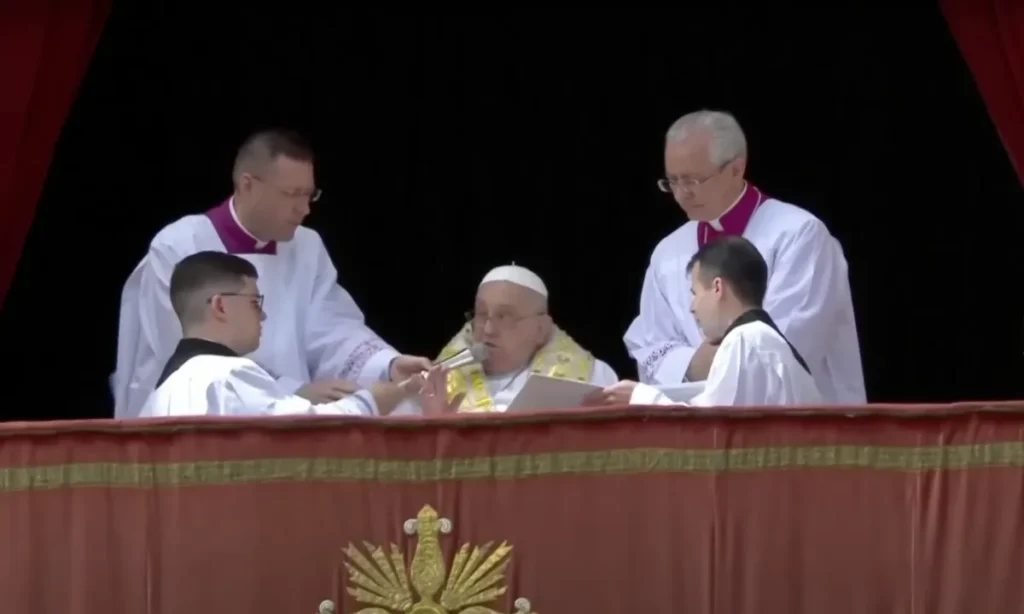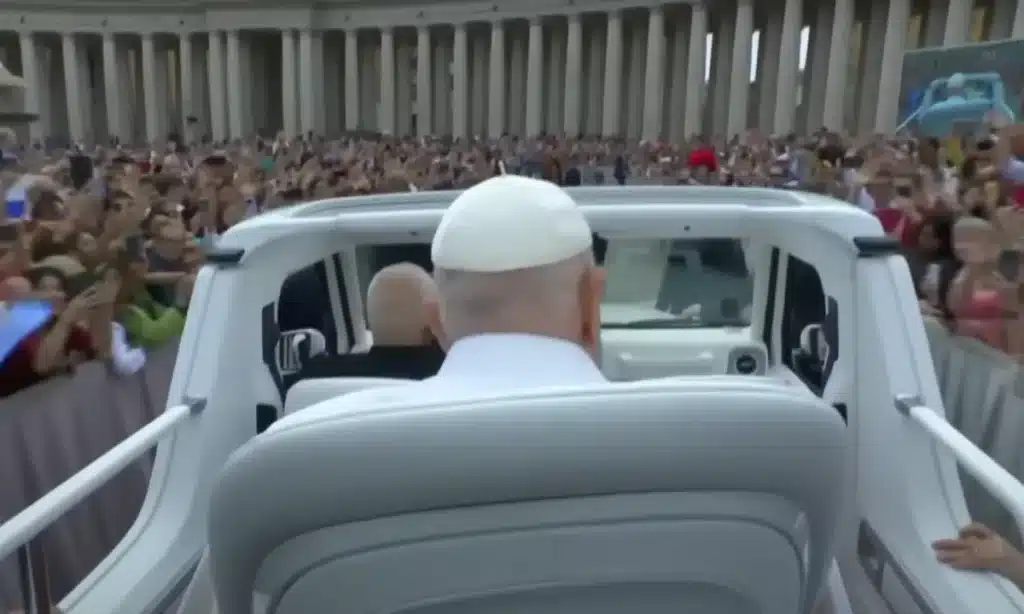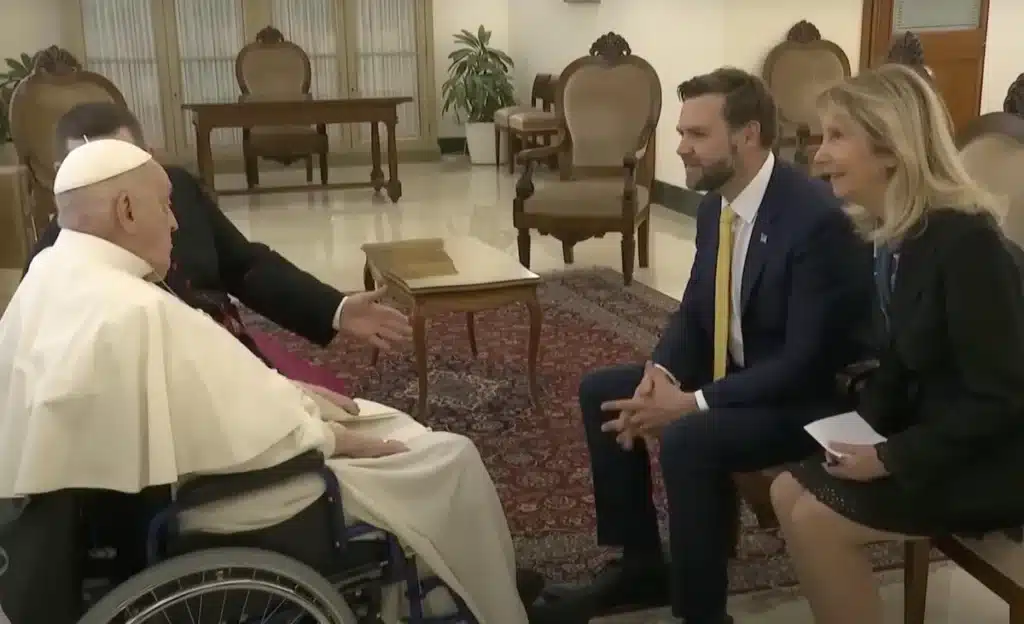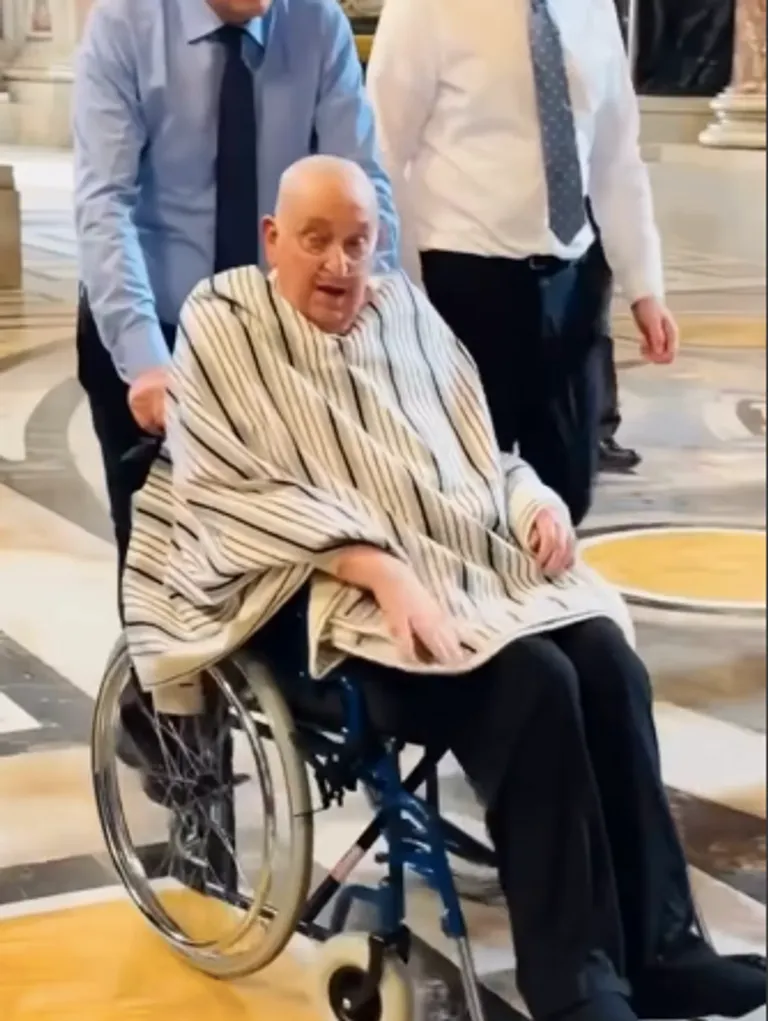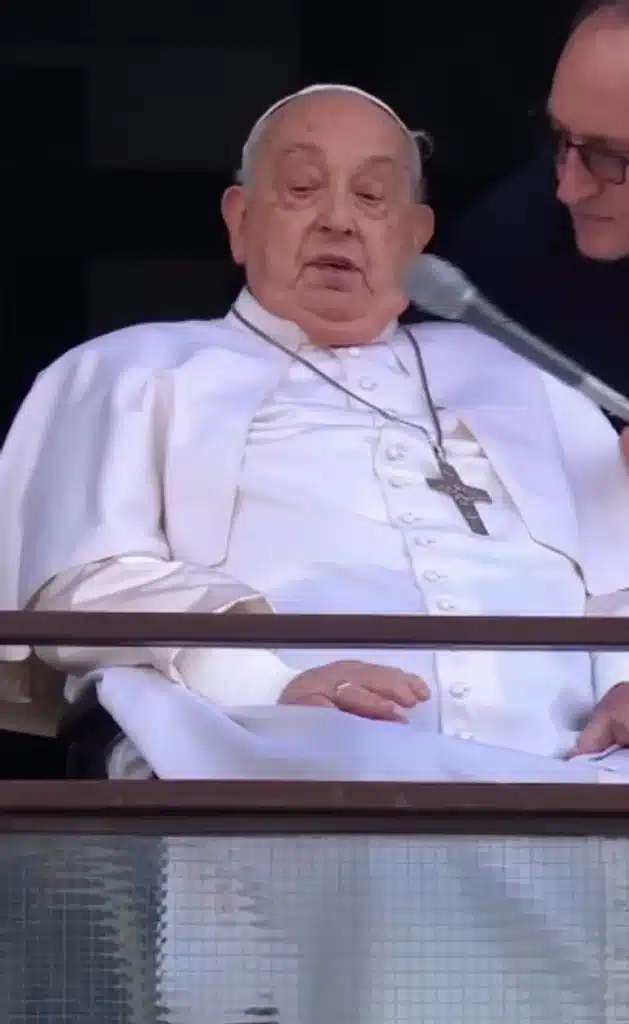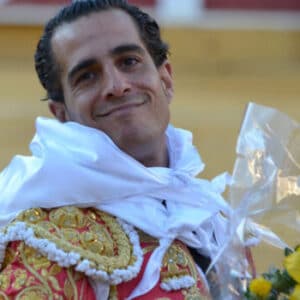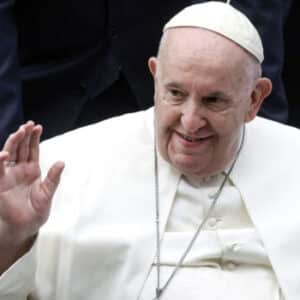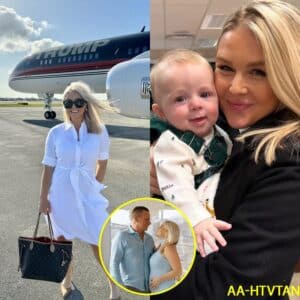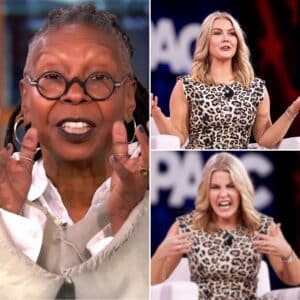The day before his death, Pope Francis gave the world one final, poignant gift—a surprise appearance that captured the essence of his papacy: humility, courage, and unwavering love for the people. As he waved from the Popemobile and smiled down from the central balcony of St. Peter’s Basilica on Easter Sunday, no one could have imagined that just hours later, he would be gone.
In a moving and unanticipated appearance, the 88-year-old pontiff, who had been battling double pneumonia and recovering from multiple hospital stays, made his way into the heart of the Vatican celebration, determined to share a final blessing with the world. The Easter Mass, led by Cardinal Angelo Comastri, drew thousands to St. Peter’s Square, and while many had expected the Pope to remain behind the scenes, he emerged to a chorus of cheers, his voice steadier than it had been in weeks.
He raised his hand in blessing and declared, “Dear brothers and sisters, Happy Easter.” The crowd responded with overwhelming emotion—cheers, applause, and chants of “Viva il Papa!” as tears ran down faces. Some held up infants for blessings, and the Pope, despite his fragile condition, blessed them from the Popemobile, a striking image of spiritual resilience and devotion.
Later that day, he also received a short visit from U.S. Vice President JD Vance. Their meeting was described as a respectful Easter greeting, though the two had previously disagreed on issues like immigration and global conflict. Still, Pope Francis offered his customary warmth, demonstrating once again that bridges mattered more to him than barriers.

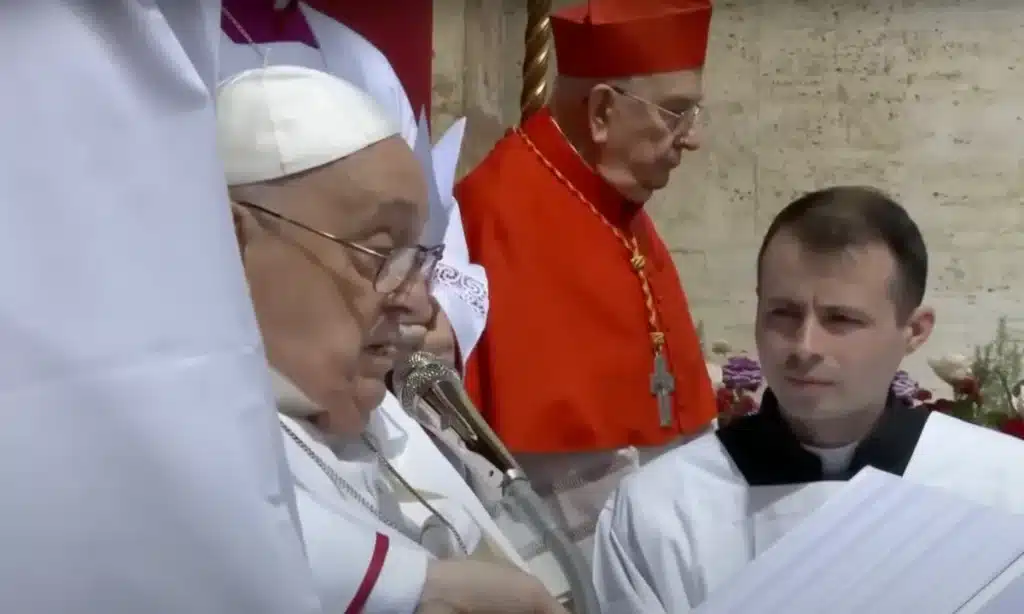
These moments, now deeply etched in the memory of the Church, would be his last in public. The next morning—Easter Monday, April 21, 2025—Pope Francis died at his residence in Casa Santa Marta, the Vatican confirmed. He passed away peacefully, surrounded by aides and Vatican officials who had served by his side for years.
The world reacted with shock and sorrow. Social media was flooded with tributes, prayers, and shared memories of the Pope’s compassionate leadership. “And he died the very next day… Rest in Peace Pope Francis,” one person wrote, echoing the disbelief of millions.
Even before this final Easter appearance, concerns about Pope Francis’s health had become increasingly urgent. Earlier in April, he had been seen during a quiet visit to St. Peter’s Basilica, not in his traditional white garments, but in black trousers and a soft, striped cover—wheeled through the halls of the basilica wearing an oxygen cannula. The image stunned many. Captured by a digital creator and shared widely online, it revealed not just the Pope’s physical vulnerability but his unshakeable dedication to faith and service.
“This becomes him,” wrote one user, struck by the Pope’s dignity amid visible decline. Others were alarmed by his appearance, questioning whether he was still the acting Pope or if this was a signal of resignation. “He’s not even wearing his Fisherman’s Ring,” one person commented. But even in this moment of informality and uncertainty, Francis seemed to be delivering a final, quiet message: his role was not about vestments or titles—it was about presence, humanity, and grace.
The Vatican had provided regular updates on the Pope’s health in the weeks prior. In February, he was hospitalized with a recurring bout of bronchitis and underwent a series of diagnostic tests. His public engagements were canceled, and for days he remained under close observation. Yet, despite this, he continued to deliver messages remotely, encouraging peace, unity, and divine love—values that had defined his entire papacy.
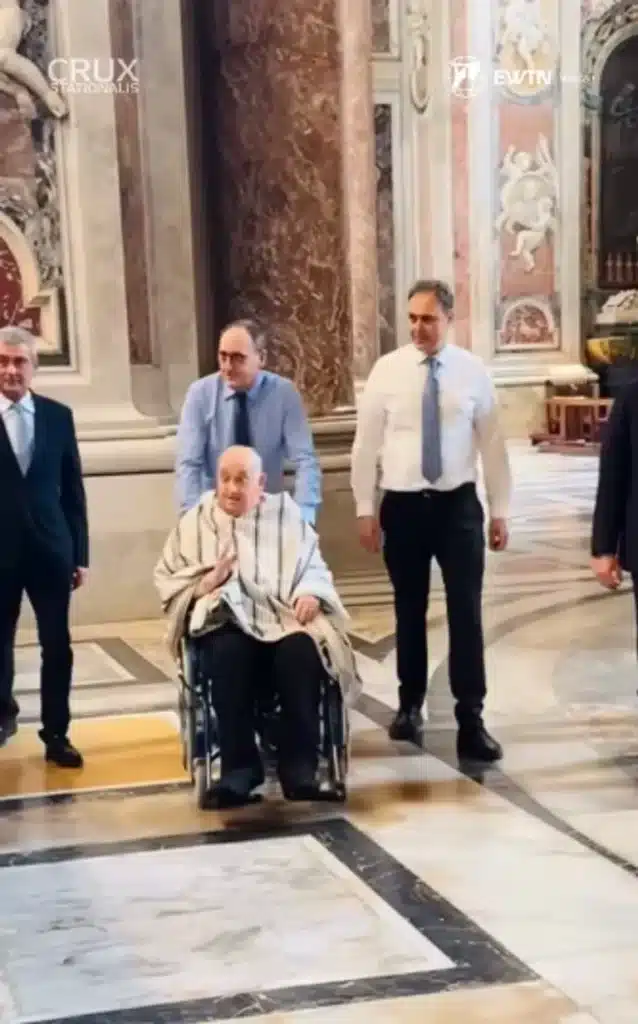
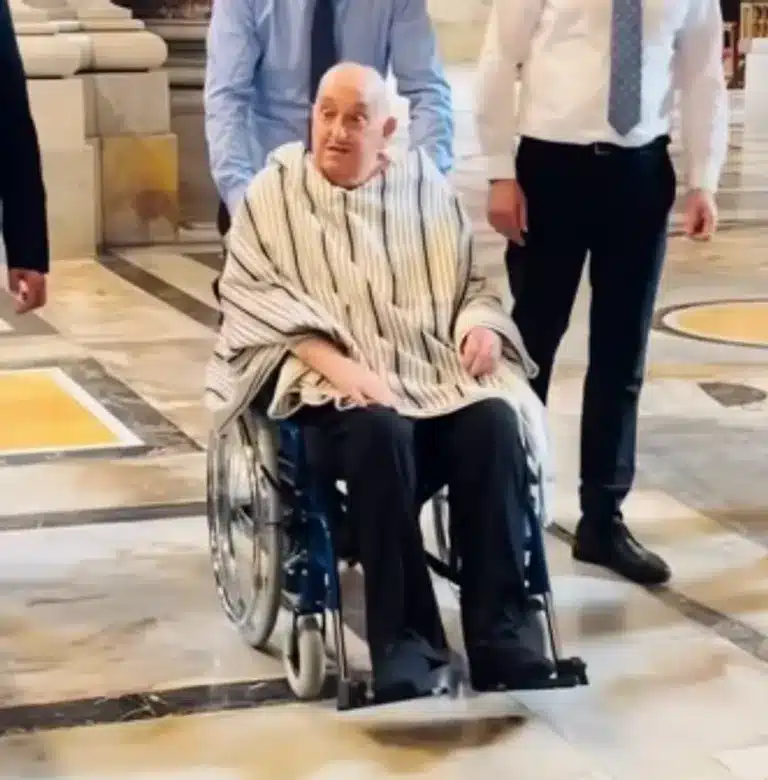
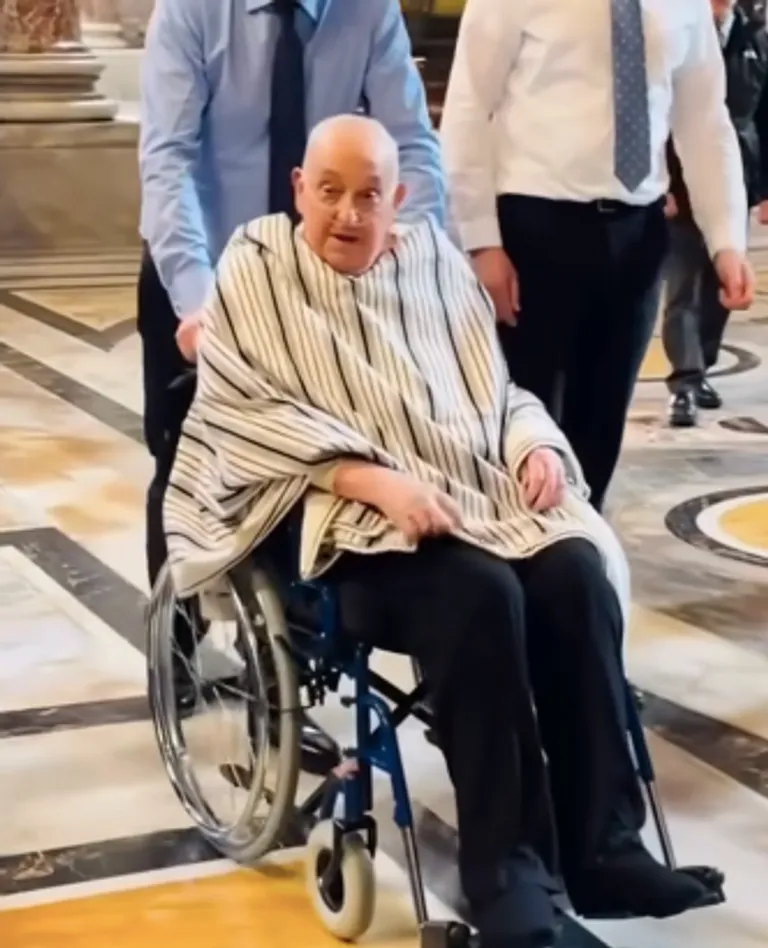
His time in the hospital coincided with the 12th anniversary of his election. The occasion was marked modestly—staff brought him a birthday cake, and well-wishers sent their love. But the Pope spent the day undergoing respiratory therapy, alternating between mechanical ventilation at night and high-flow oxygen during the day.
On March 23, after a month-long stay, the Pope was discharged from Gemelli Hospital. His doctor, Sergio Alfieri, addressed the media with cautious optimism, announcing that Francis had made “steady and rapid medical improvements.” The Pope’s recovery plan included at least two months of convalescence under medical supervision, yet his spirit never dimmed. Video footage from that day showed him waving to the public from the hospital steps, offering a brief word of thanks and recognizing a woman in the crowd who attended every General Audience.
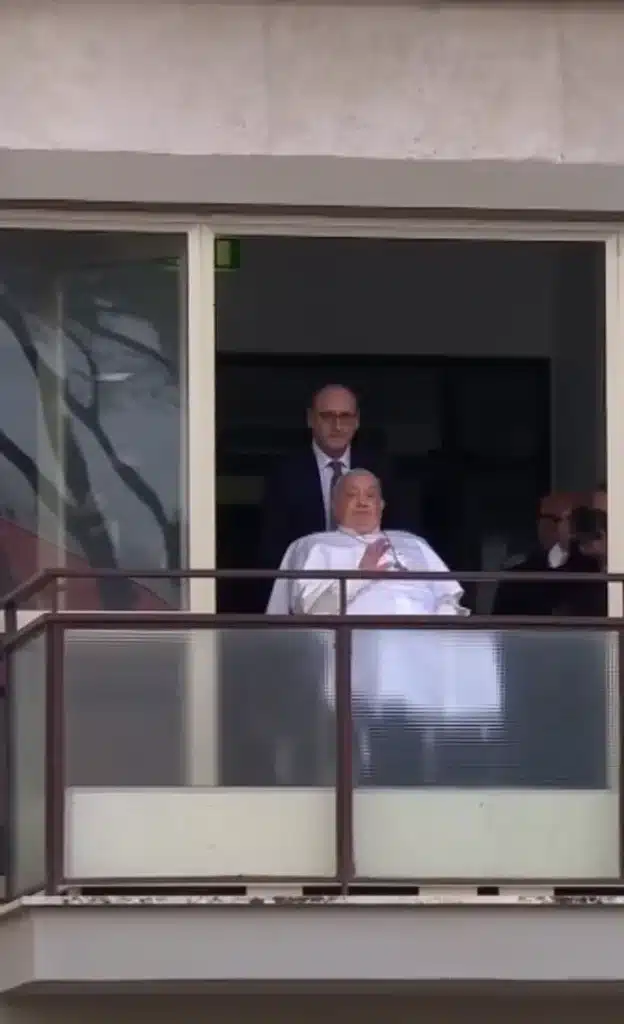
As he returned to Casa Santa Marta, Vatican updates confirmed that his mobility and breathing were gradually improving. Despite relying less on oxygen, he still required physical therapy and regular monitoring. He continued to work, meet guests, and prepare for the possibility of participating in Holy Week liturgies. But each appearance grew more infrequent, and it became increasingly clear that his strength was waning.
When Easter Sunday arrived, it marked both a moment of spiritual significance and a final act of profound personal strength. Surrounded by aides, Pope Francis insisted on showing himself to the people—even for just a few minutes. He wanted to see them, to bless them, to give what would ultimately be his farewell.
His final address, given with the help of a microphone held steady by attendants, urged for peace in Gaza, decried rising antisemitism, and emphasized that peace cannot exist without the freedom of religion and respect for differing views. It was, in many ways, a summation of his teachings, a message of hope rooted in the Gospel but grounded in the urgent realities of the world.
“There can be no peace without freedom of religion, freedom of thought, freedom of expression and respect for the views of others,” he said—words now preserved as the Pope’s final appeal to humanity.
He died less than 24 hours later.
Pope Francis leaves behind a legacy not only as the first Jesuit Pope, but as a spiritual leader who challenged tradition with kindness, emphasized mercy over judgment, and met the world’s suffering with compassion rather than condemnation.
He embraced the poor, the sick, and the marginalized. He washed the feet of prisoners. He knelt before migrants. He demanded care for the environment and called on the powerful to be humble. In every action, whether applauded or controversial, he sought to imitate the love of Christ.
And in his last days, frail in body but unbroken in spirit, he reminded the world what servant leadership truly looks like.
As millions mourn his passing and await the announcement of his successor, one thing is certain—Pope Francis’s final wave was more than a goodbye. It was a benediction. A final blessing from a shepherd who never stopped walking with his flock, even when he could no longer walk alone.
